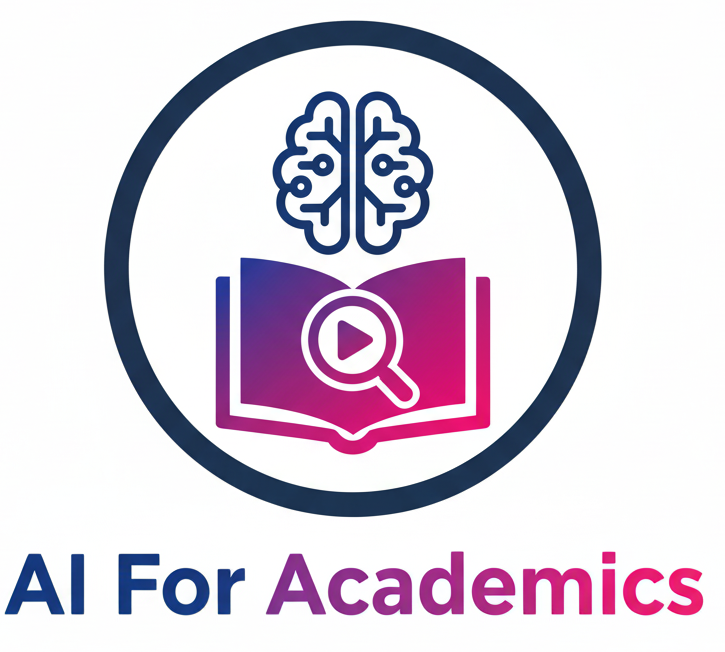You’ve done the research, run the models, and synthesized the insights. Your manuscript is written. Now comes the hard part: getting it ready for submission.
If you’ve ever lost days to checking APA compliance, ensuring every comma in your bibliography is perfect, or fighting with the passive voice, you know the true meaning of academic “drudgery.” This final, crucial stage is where countless publications get delayed—or even desk-rejected—due to technical non-compliance.
The good news? You can now delegate much of this painstaking work to specialized AI tools. By leveraging these assistants, you can significantly shrink the gap between “written” and “published,” letting you focus on your next breakthrough instead of endless copyediting.
Tool to check out: QuillBot is a widely used tool for restructuring sentences and summarizing complex passages, allowing you to focus on the synthesis of ideas rather than the mechanical act of rewording.
The Three Submission Friction Points AI Eliminates
Academic publishing demands rigor, and that rigor often translates into meticulous—and soul-crushing—formatting and consistency checks. Here are three major hurdles AI is designed to conquer:
1. The Consistency Trap: Taming Grammar and Style
Even world-class researchers make minor errors in grammar, punctuation, and style. These aren’t intellectual failures; they are human fatigue after months of writing.
Traditional spell-checkers can only catch so much. Modern AI editing tools go far beyond, analyzing the context and tone of your writing. They correct common academic pitfalls like:
- Passive Voice: Converting weak sentences into strong, active ones.
- Subject-Verb Agreement: Especially in long, complex technical sentences.
- Terminology Consistency: Ensuring you use the correct scientific or legal term throughout the entire document.
Tool to check out: A platform like Grammarly or Trinka AI (which specializes in scientific writing) acts as a vigilant co-editor, ensuring your language is flawless before it reaches a reviewer.
2. The Citation Nightmare: Ensuring Perfect Bibliography Compliance
Every journal demands a specific citation style—APA, MLA, Chicago, Vancouver, and hundreds more variations. Getting one reference wrong can set off a chain reaction of formatting errors.
AI tools now integrate directly with citation managers to perform technical compliance checks. They ensure every entry in your bibliography matches the required format exactly and that every in-text citation has a corresponding entry in the list of references.
Tool to check out: Specialized research platforms like SciSpace (formerly Typeset) can instantly reformat entire manuscripts to match various journal templates, eliminating manual adjustments entirely.
3. The Clarity Dilemma: Paraphrasing Without Compromising Integrity
The best academic writing is clear, concise, and original. However, when synthesizing complex literature, it’s easy to inadvertently slip into language too close to the source material, leading to unintentional plagiarism.
AI paraphrasing tools are designed to help you rephrase dense or clunky sentences to improve readability and flow, ensuring you maintain the original meaning while expressing the concept in your own voice. This is crucial for strengthening your literature review and discussion sections.


The Takeaway: Delegate the Technical, Own the Intellectual
The goal of using AI in manuscript preparation is not to replace your critical input, but to outsource the technical debt that accumulates during the writing process.
By utilizing these cutting-edge Academic Writing & Editing tools, you minimize delays, drastically reduce the likelihood of technical revisions, and, most importantly, free up your time to tackle your next big research question.
Ready to transform your submission process? Explore our full rankings and detailed reviews of the top tools in the Academic Writing & Editing Category today.


Leave a Reply